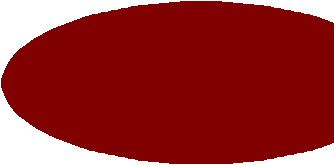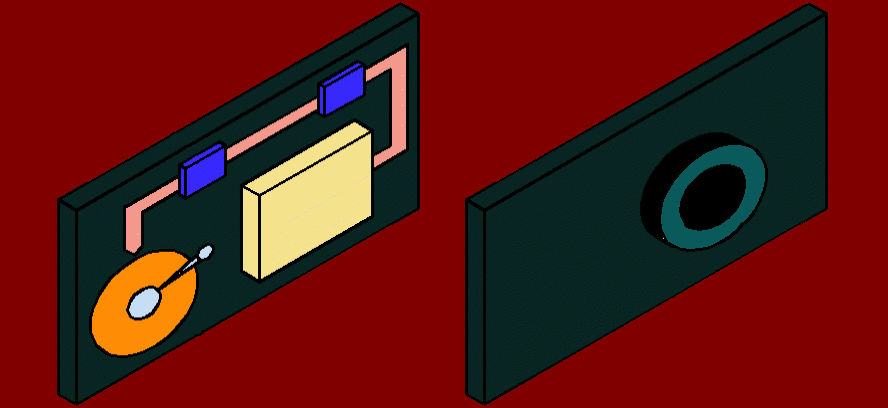Digital cameras
|
|
Digital cameras have come of age in the past few years as we have seen there prices drop and there fore become more accessible to us. I believe they will soon replace the film camera. I bet most of you have have a digital camera or know somebody who has, but do you know how they work?
|
|
|
|
|
|
|
|
|
|
|
|
|
|
|
|
|
|
|
When you press �take photo� button on the top of your camera you let light pass through the lens on the front of the camera, the same principle as in a film camera. The light image is then focused onto an array of components which are called charge coupled devices (CCD). The CCD array contains lots of light sensitive diodes, that produce an electrical current in proportion to the intensity of the light that strikes them.
|
The light sensitive diodes create an analogue electrical current for the image focused on them, this analogue signal travels to an analogue to digital converter (ADC). The analogue to digital converter translates the varying analogue signals into digital format (binary). The digital information is then sent to a digital signal processor (DSP). The digital signal processor adjusts the contrast and detail of the image and compresses all the data of the image so that it takes up less space on the storage device.
|
The compressed data is stored temporarily on a disk drive or flash memory chip. It is from this storage device that the image can then be uploaded to a computer, through a serial or USB port, where it can then be edited in a graphics package like Pain Shop Pro.
|









